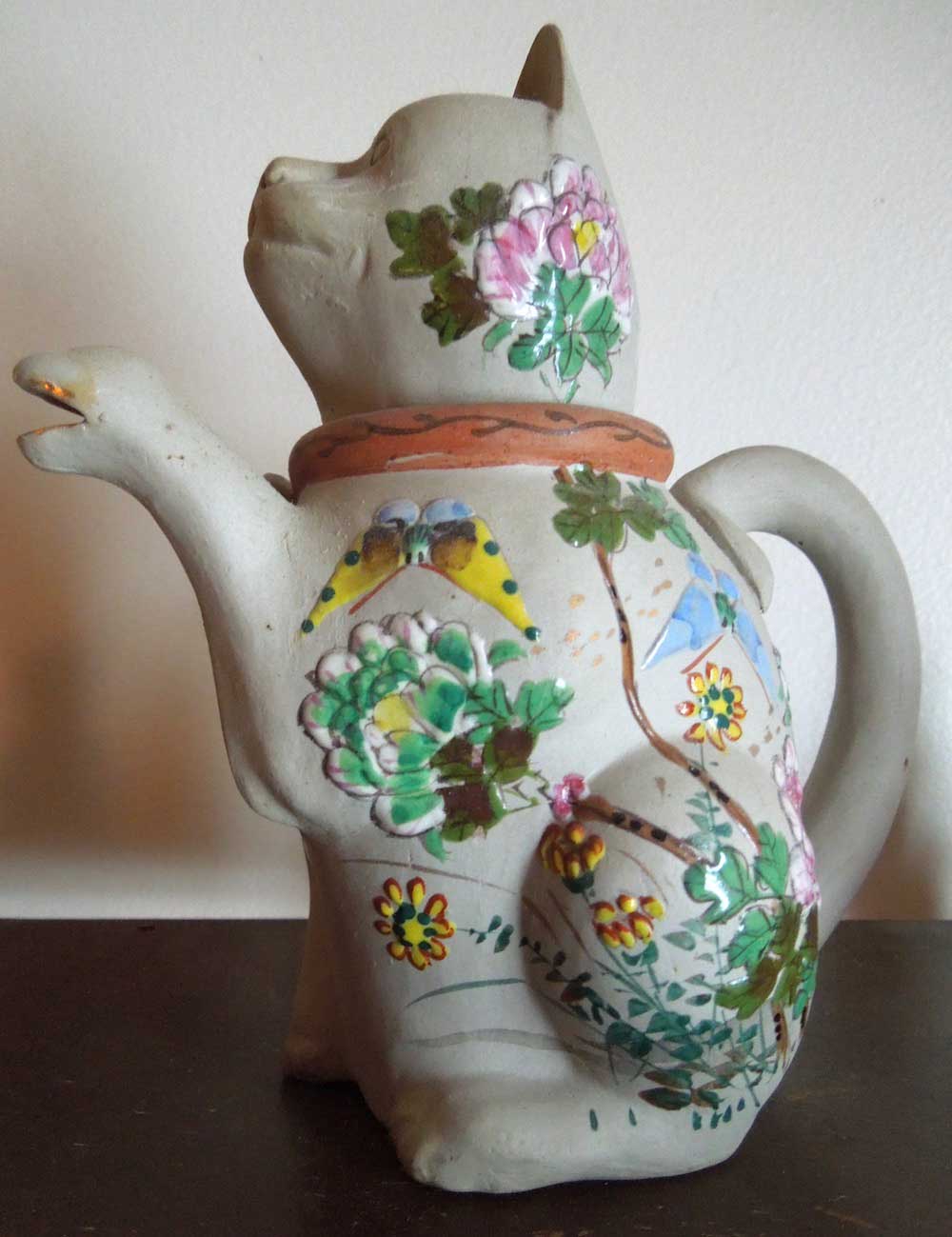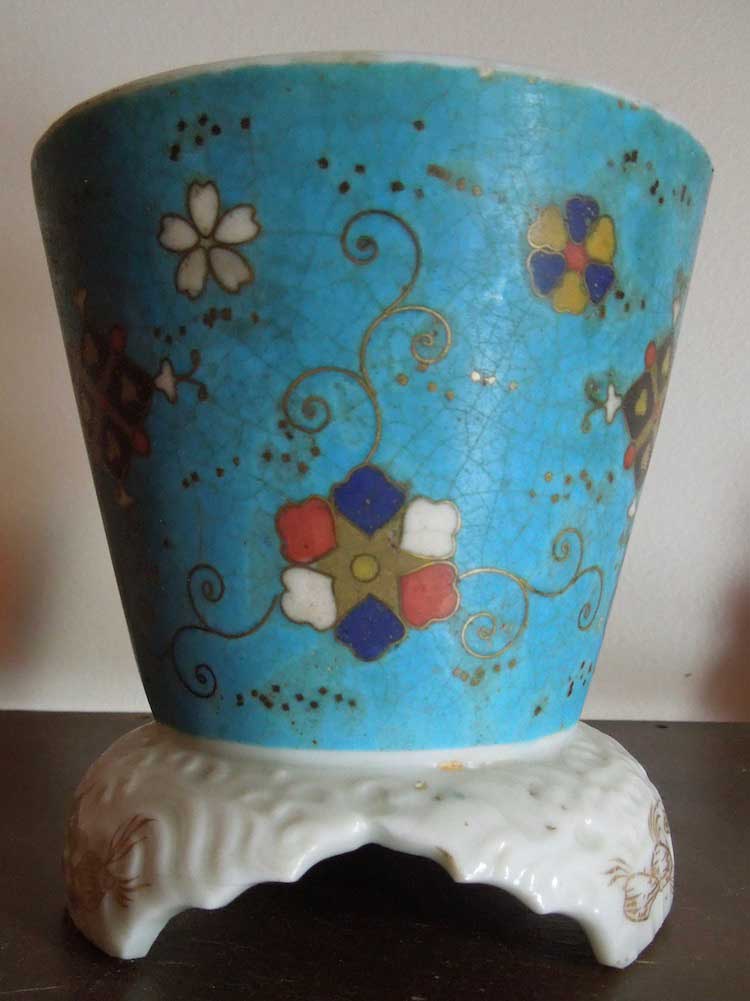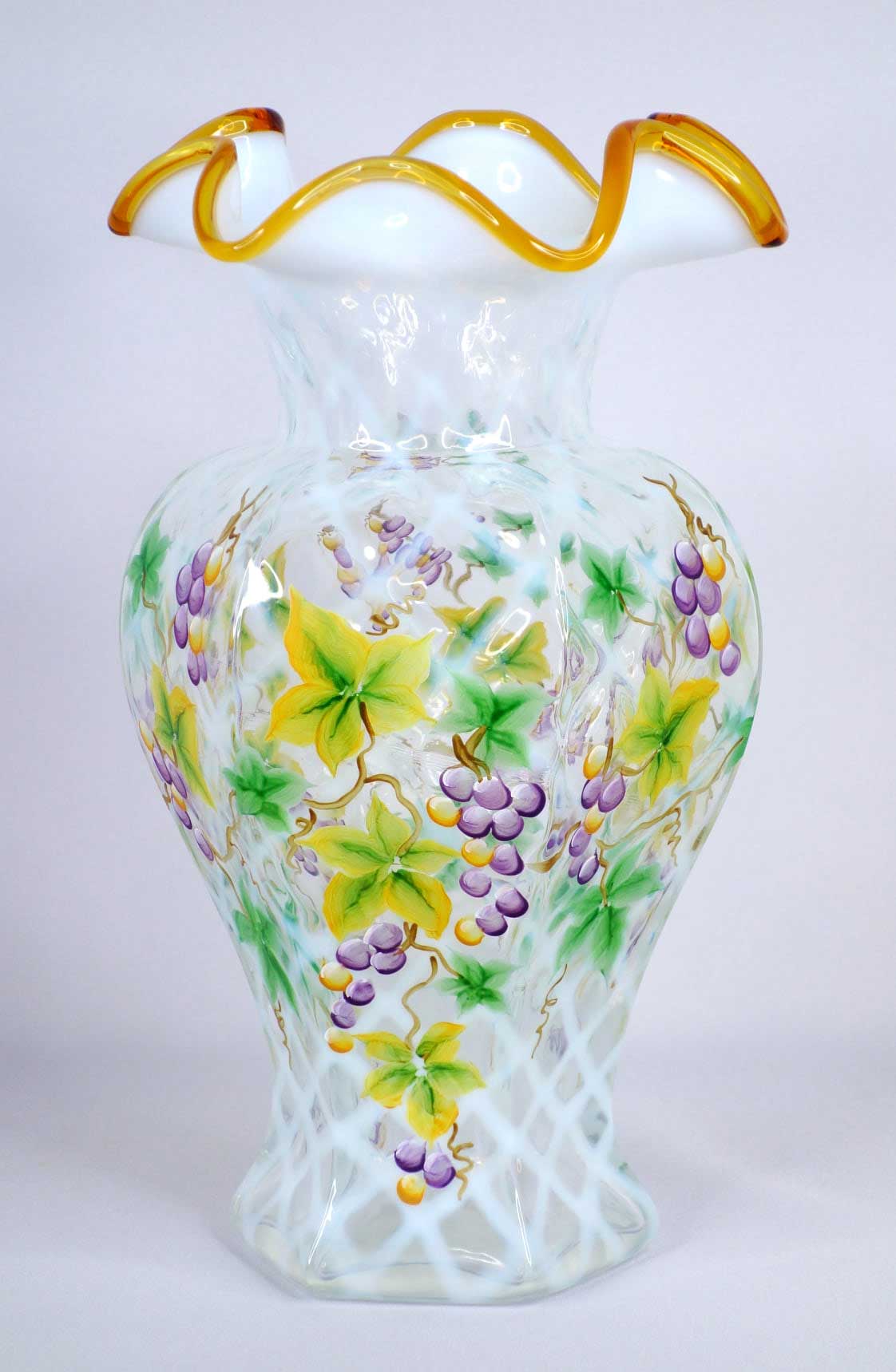Wanted: Experts & expertise
June 2022
Good Eye
Wanted: Experts & expertise
by Peggy Whiteneck
Reliable dealer/seller Expertise in Antiques and Collectibles
Many years ago, I wrote a column for Discover on the need for reliable dealer/seller expertise in antiques and collectibles, and it seems to me time to revisit that topic. A resurgent online marketplace has been not just fueled but vastly expanded by the COVID epidemic as both buyers and sellers have, by necessity, become more comfortable dealing in online commerce.
While this has made lots more space for both dealing and selling in antiques and collectibles, it has also introduced more potential for the marketplace version of “fake news” when it comes to correct identification of items being offered for sale. For some sellers, every piece of art glass is Steuben or Fenton, every piece of silverware is sterling, and every piece of ceramic is a thing of beauty and, therefore, worthy of a high price.
As muddled as the market sometimes is, it presents, now as much as ever, a good opportunity for knowledgeable dealers and sellers to differentiate themselves through their reliability and expertise.
The word expert is the root of the word expertise (AKA a body of knowledge and competence in applying it), which, in our context, is acquired through study of and experience with a given category or subcategory of antiques. An “expert,” then, is not someone who knows everything that can possibly be known about a field. Genuine experts are also aware there are things they don’t know about their field and are always open to learning new things.
Expert vs Braggart
What distinguishes an expert from a mere braggart is the time the expert has invested in learning the field and acquiring competence in it – and an openness to being proven wrong. To expose my own vulnerabilities in this regard, I have written books on Fenton glass but have recently been proven wrong in identifying specific items on one or two online message boards where my ignorance was exposed by those more knowledgeable than I. It’s a humbling but necessary learning process – and no one ever outgrows the need for it. I remind myself, when I feel too cringy about this, that even members of the Fenton family have had their expertise corrected by collectors who were more knowledgeable about a given piece than they were.

Antique Japanese Banko “Beckoning Cat” teapot
I bought this antique Japanese Banko “Beckoning Cat” teapot, made c. 1900, in gray-body clay with enamel floral and butterfly painting, at an antique shop in 2010. In Japanese, the name of this cat form is “Manekineko” – in English, “Lucky Cat.” My research on it found a model in the same decoration in Nancy Schiffer’s Imari, Satsuma, and Other Japanese Export Ceramics, 2nd ed. (Schiffer Publishing, 2000), p. 180. Sandra Andacht’s book Oriental Antiques and Art, gives a verbal description of a similar, perhaps identical teapot. Included also in the collection of the Art Gallery of Greater Victoria (CA) and in the collections of Great Britain’s National Trust. I paid $83 for it. Sources price it in the $300-$400 value range. I have also seen online examples of this Banko teapot style done in the form of a dog and a fox. (Image courtesy of the author)
Score great buys
Still, I manage to score a lot of great buys as a shopper in antique stores from sellers who didn’t have time (perhaps) or inclination (perhaps more often) to learn about what they were selling. I’ve found some real treasures that were marked on tags with the barest information, e.g., “bowl” or “cup” or “vase” — rudimentary information that would be obvious to shoppers without being told on a tag. What’s important to the buyer is what the seller knows about the item, and the shopper’s hope, if not expectation, is that the seller knows more about the item than what is obvious by looking at it (i.e., it’s a cup or bowl or vase). What is the significance of this particular cup or bowl or vase? Why does it matter? Who made it? When was it made? Buyers hope the dealer will find the answers to these questions and if the seller has to guess, that the guess is a truly informed one.
My advice
My advice to fellow dealers would be to pick one category (maker, shape, color, whatever) in the kind of inventory you like to sell. Then become a self-taught expert in that category. It will take some time because one doesn’t gain expertise overnight. Even if you’re a generalist as a dealer, develop an expertise in at least one area and then make it the majority of your inventory. The more you know about what you sell, the better your reputation, the greater consumer trust in your inventory, and the better equipped you’ll be to price it at an amount that will yield a good profit for you while still letting customers feel, “Hey, that’s a good deal!”
Peggy Whiteneck is a writer, collector, and dealer living in East Randolph, VT. If you would like to suggest a subject that she can address in her column, email her at allwritealready2000@gmail.com.





